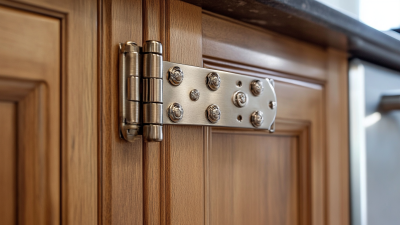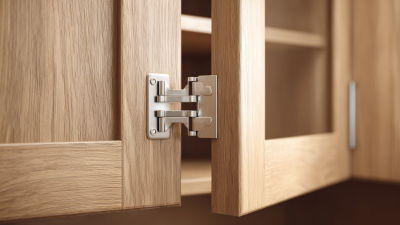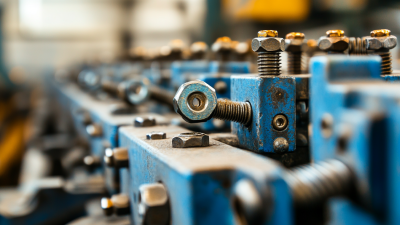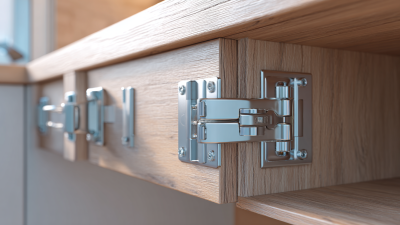Leave Your Message
When embarking on a home renovation project, one often overlooks the significance of cabinet hardware, particularly the choice of Cabinet Hinges. According to a recent report by the National Kitchen & Bath Association (NKBA), over 70% of homeowners prioritize aesthetic and functional elements in their kitchen renovations, with hinges playing a crucial yet often underrated role in this equation. Cabinet hinges not only affect the overall look and feel of cabinetry but also influence the durability and ease of use. With various types of hinges available, such as concealed, European, and wrap-around, selecting the right hinge is essential to enhance the functionality and style of your space. This guide will provide you with comprehensive insights and expert recommendations to ensure you choose the perfect Cabinet Hinge for your home, aligning with modern standards and personal preferences.
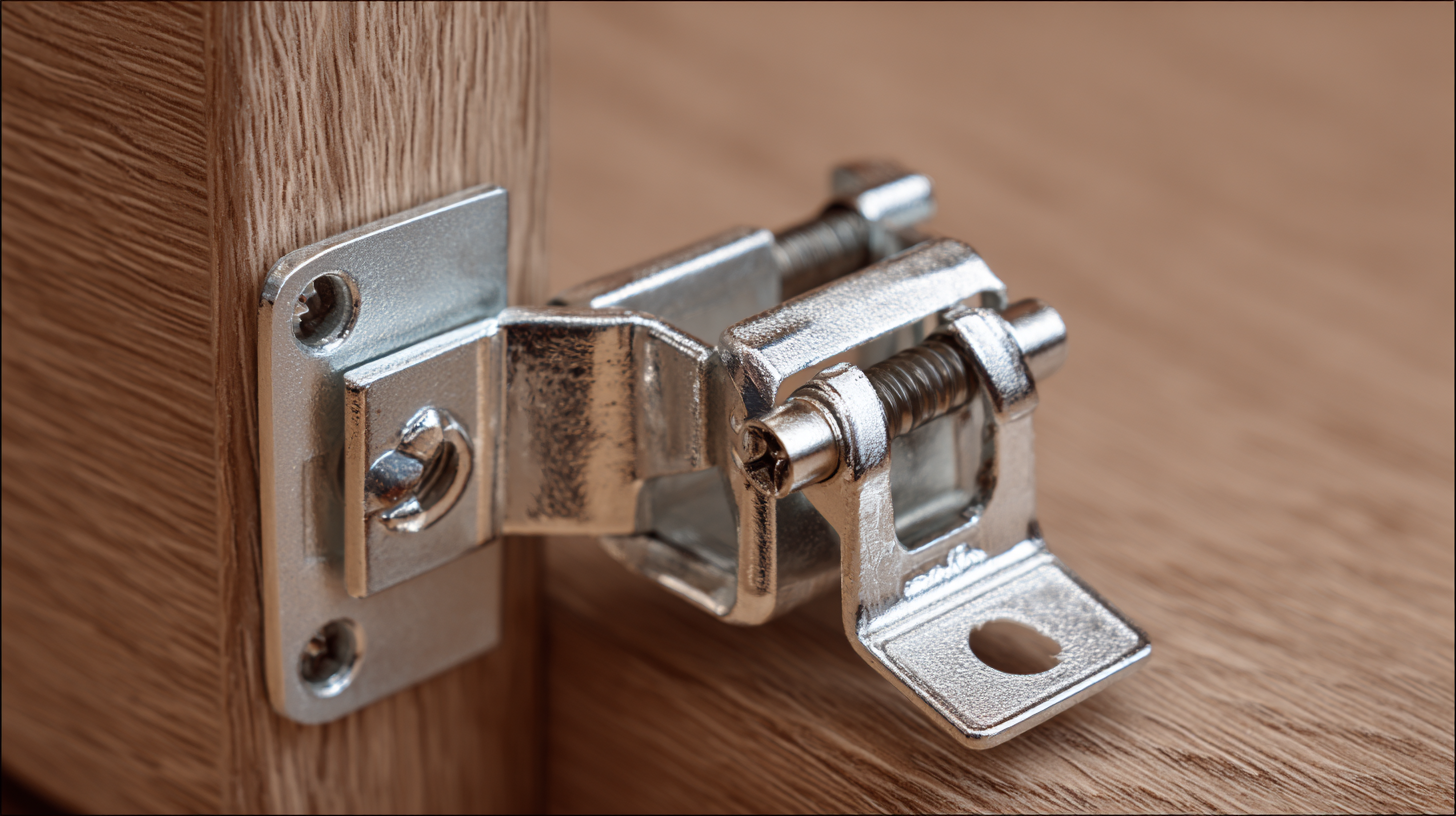
Choosing the right cabinet hinge is a critical aspect of any home renovation project, impacting not only functionality but also aesthetics. A recent industry report from the National Kitchen and Bath Association highlights that nearly 70% of homeowners consider the ease of access to cabinets as a top priority when designing their kitchens. This statistic underscores the importance of selecting hinges that offer smooth operation and durability. Proper hinge selection can prevent wear and tear, ensuring that the cabinets operate effectively for years to come.
Moreover, the choice of hinge type can significantly influence the overall design of the space. According to a study by the American Institute of Architects, about 60% of kitchen remodels incorporate custom cabinet solutions, which often include specialized hinges. Soft-close hinges, for example, provide a modern touch and enhance user experience by preventing noise and slamming. Transitioning to the right hinge not only improves functionality but also adds value to renovations, with approximately 85% of real estate agents noting that kitchen features play a crucial role in buyer decisions. Therefore, understanding the significance of cabinet hinges is essential for homeowners to achieve both practicality and elegance in their renovations.
When renovating your home, selecting the appropriate cabinet hinge is crucial for both functionality and aesthetics. The most common types of cabinet hinges include concealed hinges, European hinges, and pivot hinges. According to a report by the Cabinet Makers Association, concealed hinges are favored in over 60% of modern kitchen renovations due to their ability to keep cabinet doors sleek and flush, enhancing the overall design while providing smooth operation.
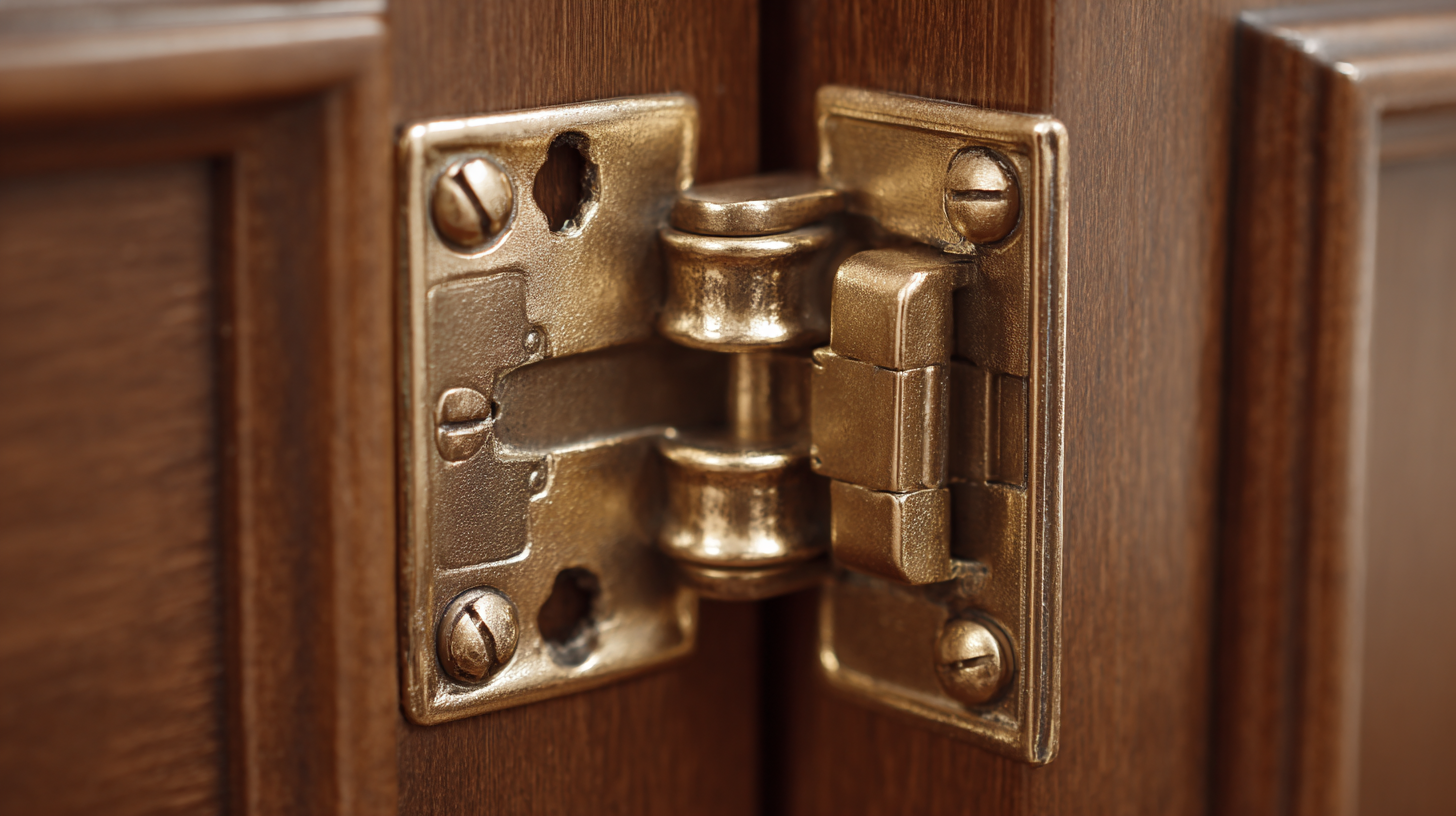
Concealed hinges often come with adjustable features, which can be a significant advantage when it comes to installation and alignment. In contrast, European hinges have become increasingly popular for their ease of use and variety of finishes. Research by the National Kitchen & Bath Association indicates that nearly 45% of homeowners prefer European hinges for their soft-close applications, which help to minimize noise and extend cabinet lifespan. Moreover, pivot hinges are ideal for corner cabinets or specialized designs, allowing doors to open without obstruction, making them a smart choice for optimizing space in smaller kitchens.
With the right hinge selection, a functional renovation can transform your cabinetry into a stylish and efficient storage solution.
When embarking on a home renovation, particularly in the kitchen, selecting the right cabinet hinges is crucial for both functionality and aesthetic appeal. The variety of hinges available can be overwhelming, but focusing on key factors can simplify the decision-making process. First, consider the type of cabinet door—overlay, inset, or partially overlay—as this will dictate the hinge style you need. Additionally, think about the material and finish of the hinges to ensure they complement your cabinet's design, whether you're going for a modern or traditional look.
Another essential factor is the hinge’s functionality. Soft-close hinges, for example, help prevent slamming and provide a smooth closing experience, enhancing the overall user experience. You should also assess the weight and size of your cabinet doors, as these elements affect the strength and durability of the hinges you choose. By paying attention to these considerations, you can elevate your kitchen’s style without the need for a full renovation, simply by updating the hardware.
| Hinge Type | Mounting Type | Material | Weight Capacity | Closing Mechanism | Price Range |
|---|---|---|---|---|---|
| Concealed Hinge | Face Frame | Steel | 50 lbs | Soft Close | $3 - $15 |
| Piano Hinge | Full Overlay | Aluminium | 100 lbs | Standard | $5 - $25 |
| Overlay Hinge | Overlay | Brass | 30 lbs | Self Closing | $2 - $10 |
| European Hinge | Hidden | Steel | 75 lbs | Soft Close | $4 - $20 |
| Butterfly Hinge | Surface Mount | Stainless Steel | 50 lbs | Standard | $5 - $15 |
When selecting cabinet hinges for your home renovation, understanding the common materials used in their construction is essential to making the right choice. Brass, for instance, is a popular option due to its durability and resistance to corrosion. Brass hinges are not only strong but also offer an aesthetic appeal with their warm, golden hue, making them a favorite for traditional and upscale kitchen designs.
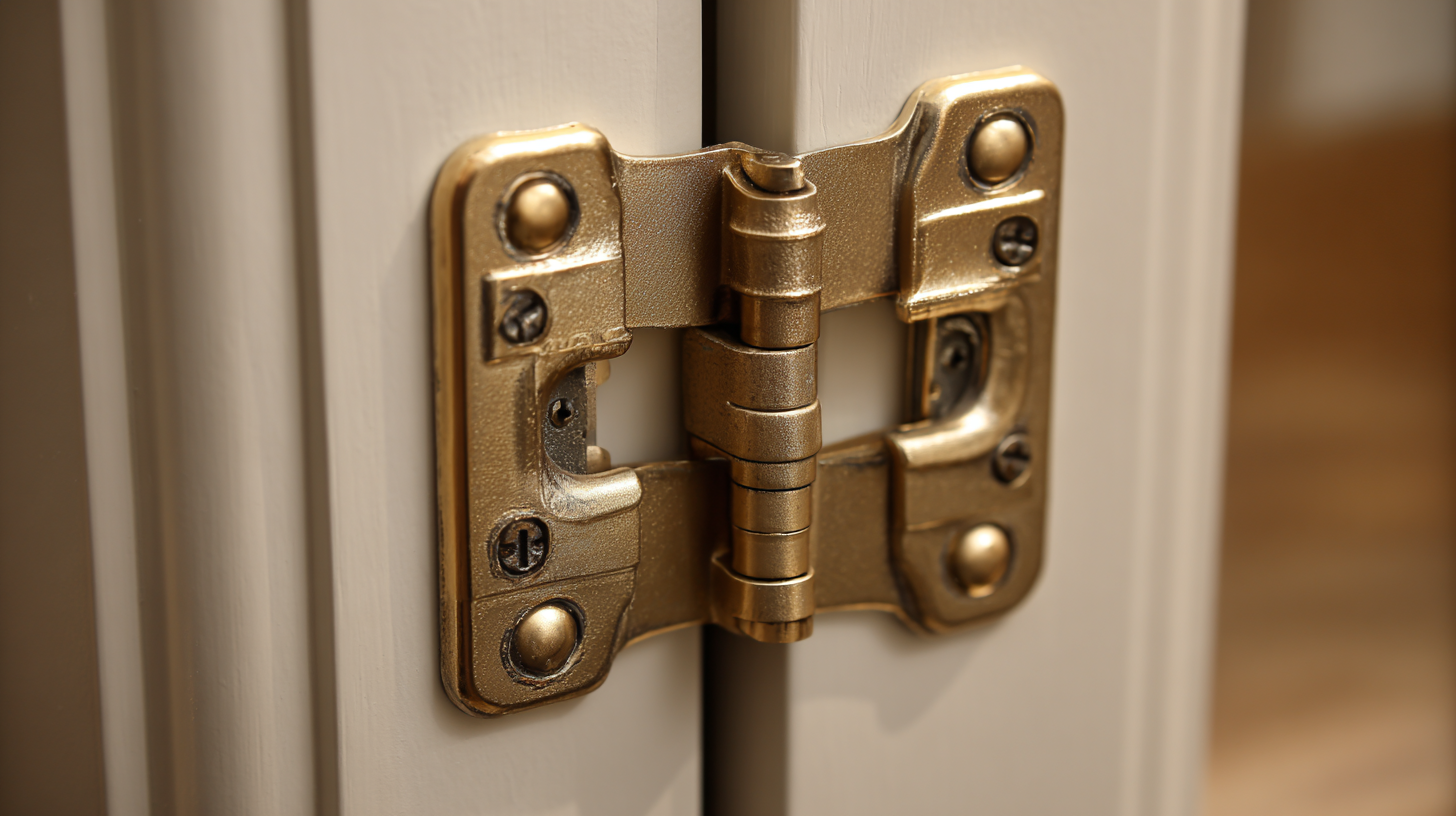
Another commonly used material is stainless steel, renowned for its strength and modern look. Stainless steel hinges can withstand heavy use and are often chosen for contemporary spaces. They also resist rust and staining, making them ideal for kitchens where moisture is a concern. Additionally, plastic hinges provide a lightweight and economical alternative, suitable for lighter cabinet doors or areas where heavy-duty support is not required. Each material has its unique benefits, ensuring that homeowners can find the perfect hinge to complement their style and functional needs.
When installing cabinet hinges, ensuring proper functionality is essential for a seamless renovation. First, it's crucial to select the right hinges that match the weight and style of your cabinets. Once you have the hinges in hand, begin by measuring and marking the locations on both the cabinet door and frame. Precision is key: use a level to ensure that the doors align properly and open smoothly.
Next, drill pilot holes to avoid splitting the wood, and secure the hinges with screws, making sure not to overtighten them, which could hinder movement. Use a spacer to maintain an even gap between the cabinet door and the frame during installation. After attaching the hinges, test the door's swing and alignment. If adjustments are needed, many hinges allow for slight repositioning, ensuring that the door closes flush and operates without any issues. Following these installation tips will enhance the longevity and functionality of your cabinet doors, making your home renovation a success.
